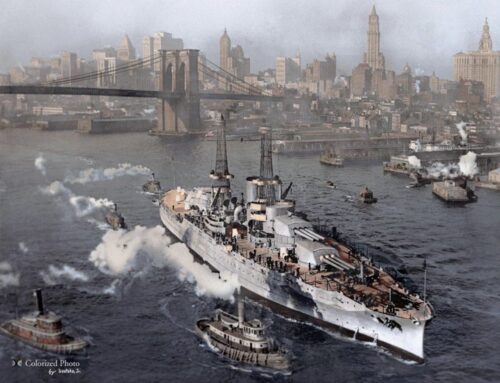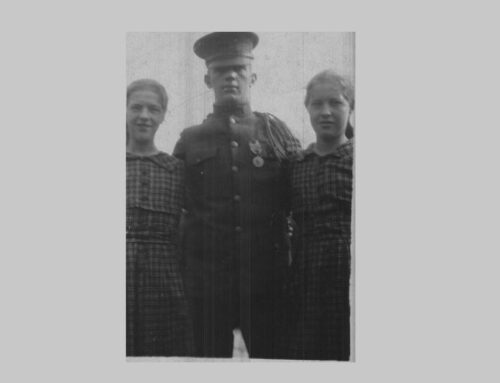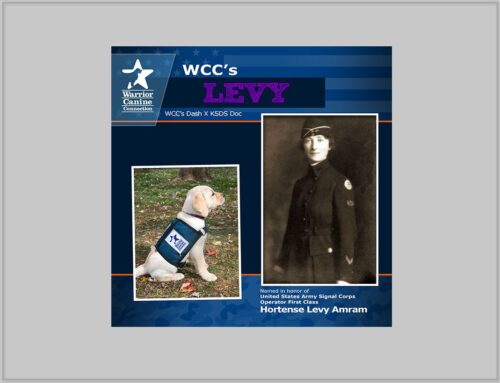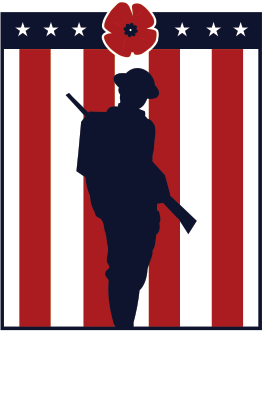This is America and the untold story of isolationism
Published: 2 April 2025
By Ayyan Tamjeed
via The Daily Campus newspaper (CT) website

andrew-neel-1-29wyvvLJA-unsplash
On Friday, March 28, the History Department held their 152nd Foreign Policy Seminar. (Photo by Andrew Neel/Unsplash)
The University of Connecticut’s History Department held their 152nd Foreign Policy Seminar last Friday, March 28. The 152nd speaker was Professor Christopher McKnight Nichols of Ohio State University. His talk was titled “The Untold Story of Isolationism” and he detailed the history of the United States’ relationship with the isolationism ideology since the 18th century.
Nichols next stated the three core ideas for U.S. Isolationism that emerged from the founding fathers and early presidents. First, George Washington pushed for a neutral U.S. and a unilateral strategy. Thomas Jefferson supported the same ideals, especially unilateralism and focused inwards on American problems instead of global ones. Finally, the Monroe Doctrine from President James Monroe focused on European powers. The Monroe Doctrine considered the movement of European Colonies into the Americas as a hostile act towards the U.S., essentially creating a sphere of influence in the Americas for the U.S.
Nichols next jumped to 1898, a time of modernization for America and the isolationist movement. This is around the time when the term “isolationist” gets thrown around. It’s also the time when America began its modernization, where people start moving to cities and when reform movements are in full swing.
The late 19th century is also when the first isolationist lobby, the Anti-Imperialism League, was established. The League was a diverse and reputable organization, filled with a lot of different voices across the political spectrum.
As seen in the name, the league’s main goal was to combat imperialism and bring the U.S. governments attention back towards itself. Nichols next fast-forwarded to WWI, just before the heyday of the isolationism movement in the 1920s and ‘30s. That doesn’t mean the isolationism movement is wavering as both presidential candidates in 1916 ran on isolationist platforms, advocating for reduced immigration, an America-first focus and staying out of WWI.
Nichols then explained the context behind America’s involvement in World War I in 1917. First, it took three years for America to get dragged into the war. Even while fighting in the war, they fought on their own terms and settled their own peace with Germany. According to Nichols, these actions do strongly follow the tenets of isolationism set by Jefferson.
World War I also brought up another concern: Who should be responsible for leading America into wars?
→ Read the entire article on The Daily Campus website here:
External Web Site Notice: This page contains information directly presented from an external source. The terms and conditions of this page may not be the same as those of this website. Click here to read the full disclaimer notice for external web sites. Thank you.



